Wednesday, April 19, 2023
Experience a Birding "Big Day" in Bloomington
Categories: Outdoors
By Heather Ray & Ken Keffer
Whether you’re a fledgling to the activity of birdwatching or an experienced birder looking for a “Big Day” (a term used to see how many species you can find in 24 hours), Bloomington’s numerous multi-terrain trails — from wetlands to sprawling forests — offer spectacular views for spotting hundreds of species. Although each of these spots is worthy of a full day or more of exploration, below we’ll show you how to circumnavigate the city, hitting all the best bird habitats, for your own Big Day adventure in B-Town.
Yellowwood State Forest
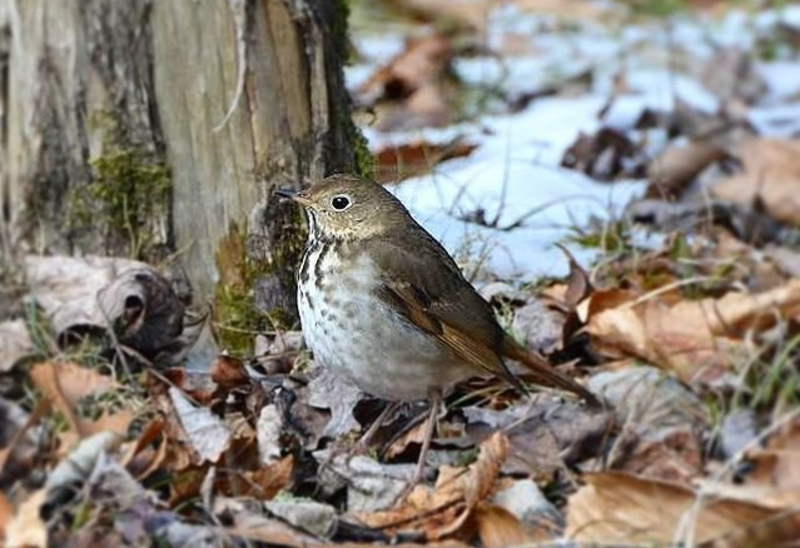
Photo by Sycamore Land Trust
Start your day bright and early at Yellowwood State Forest, arriving for sunrise. Located about 15 miles east of downtown Bloomington, Yellowwood’s variety of habitats are brimming with bird activity. In addition to the trails winding through the mature hardwood forests, some of the best viewing areas are along the creek below Yellowwood Dam and near the north end of Yellowwood Lake. In winter, look for lingering hermit thrushes and golden-crowned kinglets. Early spring and mid-fall are best for spotting warblers and vireos. In summer, look for orchard and Baltimore orioles, as well as a variety of breeding warblers, including hooded and cerulean warblers.
Lake Lemon
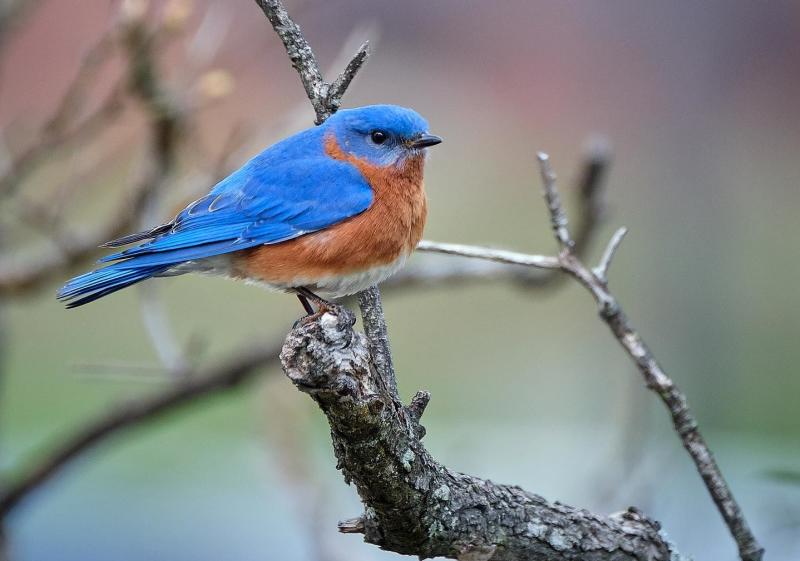
Photo by Ishtiak Zaman
From Yellowwood State Forest, head northwest to Lake Lemon, located about 10 miles away. On the east side of the lake, you’ll find the Little Africa Wildlife Viewing Area peninsula. Here, you can catch views of wintering waterfowl — if you have a spotting scope, this would be a good place to use it. During summer, look for a pair of nesting bald eagles and possibly nesting red-shouldered hawks. Other common breeds in the area include eastern bluebirds, gray catbirds, and brown thrashers. As you explore, listen for the bouncy-ball call of the field sparrow.
Muscatatuck National Wildlife Refuge Restle Unit
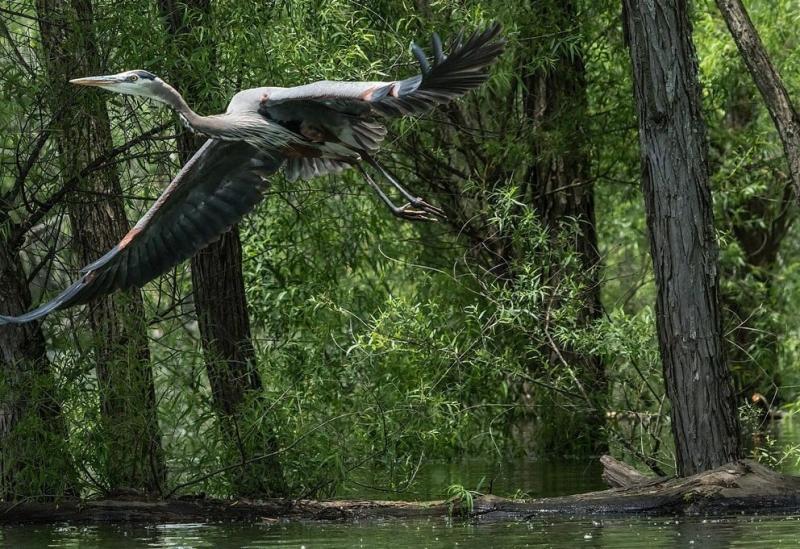
Photo by Sycamore Land Trust
Continuing west, head to the Restle Unit of the Muscatatuck National Wildlife Refuge, a fraction of the wetland area known as Beanblossom Bottoms Nature Preserve. This area of property is closed to the public, but visitors can access the observation deck and parking lot along Bottom Road. Look for shorebirds and waterfowl during spring & fall, and in summer, watch for phoebes, pewees, and other flycatchers. Yellow warblers and yellow-breasted chat are sometimes found along the viewing deck, and the pond is a good place to find great egrets, great blue herons, and green herons.
Beanblossom Bottoms Nature Preserve

Photo by Ken Keffer
The aforementioned Beanblossom Bottoms Nature Preserve is a Sycamore Land Trust property and one of the area's best birding locations, featuring a boardwalk that leads through marsh and wooded habitats. Birders can spot a number of woodpeckers, including red-headed and pileated varieties. Over 30 warbler species have been recorded here over the years, and kingbirds are often found perched on the treetops, always surveying their surroundings. Also note that late winter and early spring are good times to see the American woodcock displaying their sky dance moves for mating season.
Griffy Lake Nature Preserve
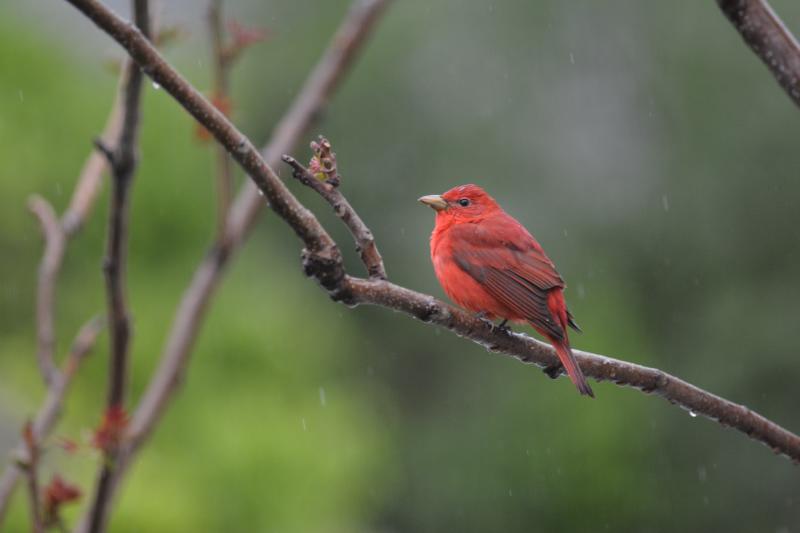
Photo by Ken Keffer
About 10 miles south of Beanblossom Bottoms, Griffy Lake Nature Preserve is home to nearly 200 species of birds throughout the year. This birding hotspot is especially nice in spring and summer when you can see flycatchers, tanagers, orioles, thrushes, and grosbeaks. Watch for Louisiana waterthrush tail bobbing along the forest floor, as well as belted kingfishers scanning the lake from the sky. Watch the treetops for woodpeckers and owls, and keep an eye out for a variety of swallows swooping over the wetland. Scan the shallows for shorebirds, and scope out the variety of waterfowl on the lake, including wood ducks in summer and others during migration. During colder months, look out for winter wrens along the creek.
Leonard Springs Nature Park

Photo by Chase Strother
Upon arrival at Leonard Springs Nature Park, prepare yourself to be wowed by this wondrous hidden gem. The area spans 100 acres and includes a stairway along the hillside that follows a waterfall down to the wetlands, in addition to multiple caves along the one-mile loop. The woods here are a good spot for migrating warblers & hermit, Swainson’s, and gray-cheeked thrushes in the spring. Summer is a perfect time to see red-headed woodpeckers, indigo bunting, northern parula, and perhaps a Kentucky warbler. Wood thrushes may also serenade you in the warmest months of the year. Be sure to check the wetlands for flycatchers and swallows during your birding adventure as well.
Pro Tip: Before heading south to Leonard Springs, grab a meal at the locally-owned Owlery Restaurant (to really stay on theme).
Monroe Lake

Photo by Ken Keffer
For the day’s final birding destination, head southeast to Monroe Lake, specifically the Paynetown and Cutright State Recreation Areas. The SRAs are great places to bring your spotting scope, but it's not at all necessary if you don’t have one. On the lake, you might find rafts of ducks & loons, mergansers, scoters, gulls, pelicans, and more, especially during migration and in winter. Closer to the shore, look for wading birds and shorebirds. If it’s spring or fall, the surrounding woods offer ample opportunities to check woodpeckers, vireos, owls, and flycatchers off your species list. Summer is great for seeing ruby-throated hummingbirds, and winter is a good time for bald eagles and yellow-rumped warblers. More common in the south, black vultures are increasingly seen in the area, too.
By now you’re probably ready for a drink and another bite to eat. Cap off the day at Cardinal Spirits, and be sure to try their Songbird Coffee Liqueur while you reflect on your Bloomington Big Day list.
Related Content
Guest Author
Visit Bloomington loves having local experts provide insights via the Backstage Blog. We hope you enjoyed it too.

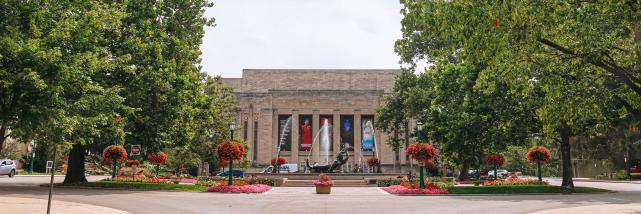



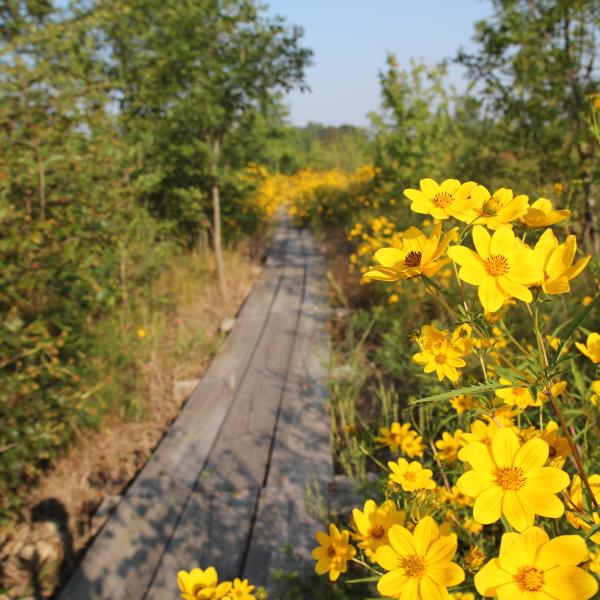
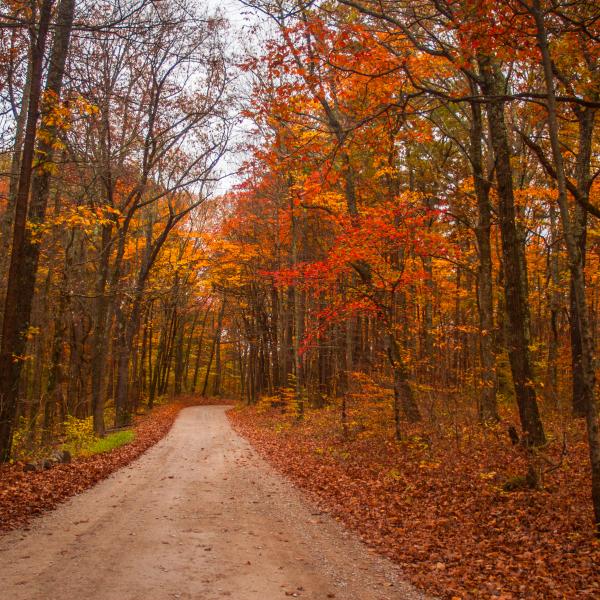
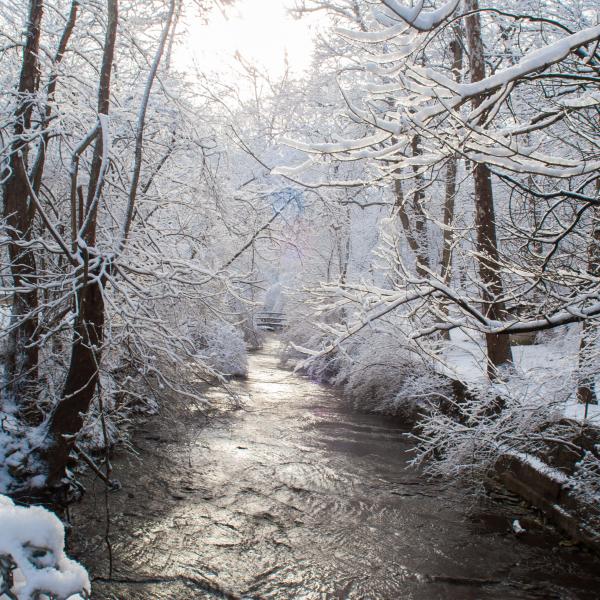


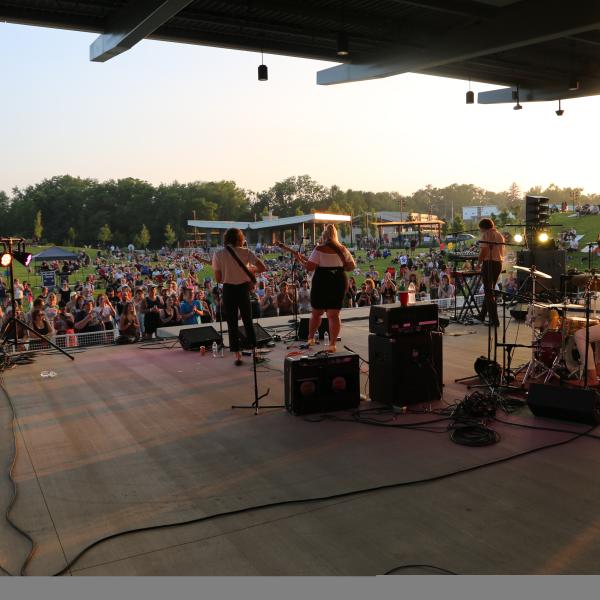
Comments